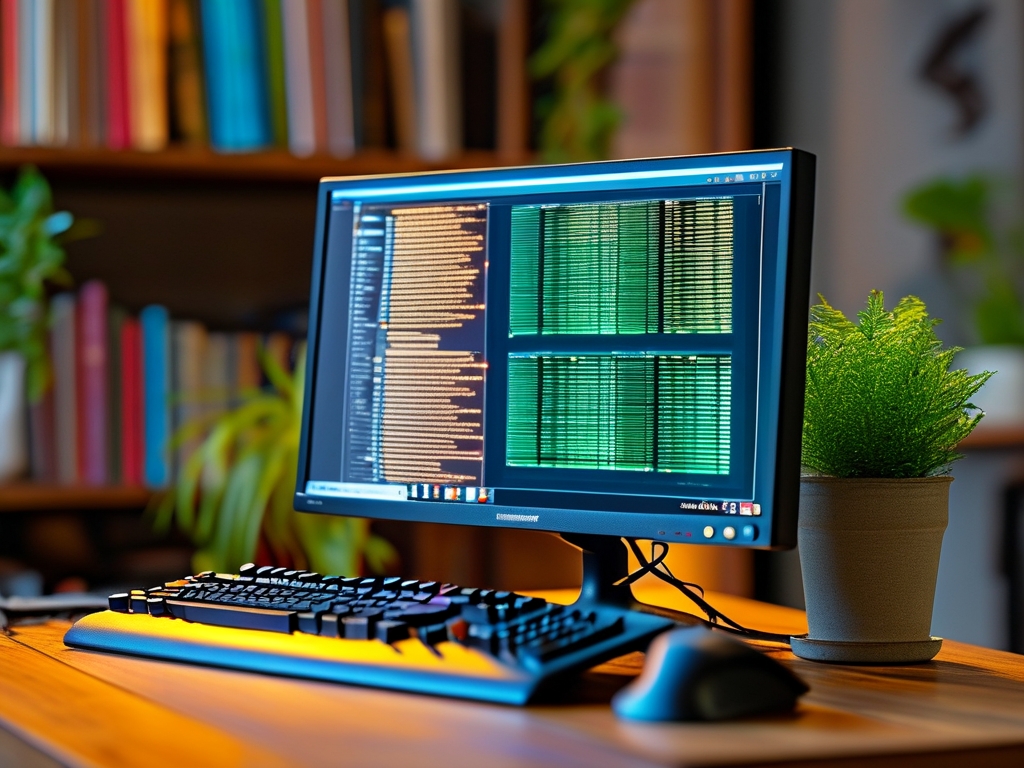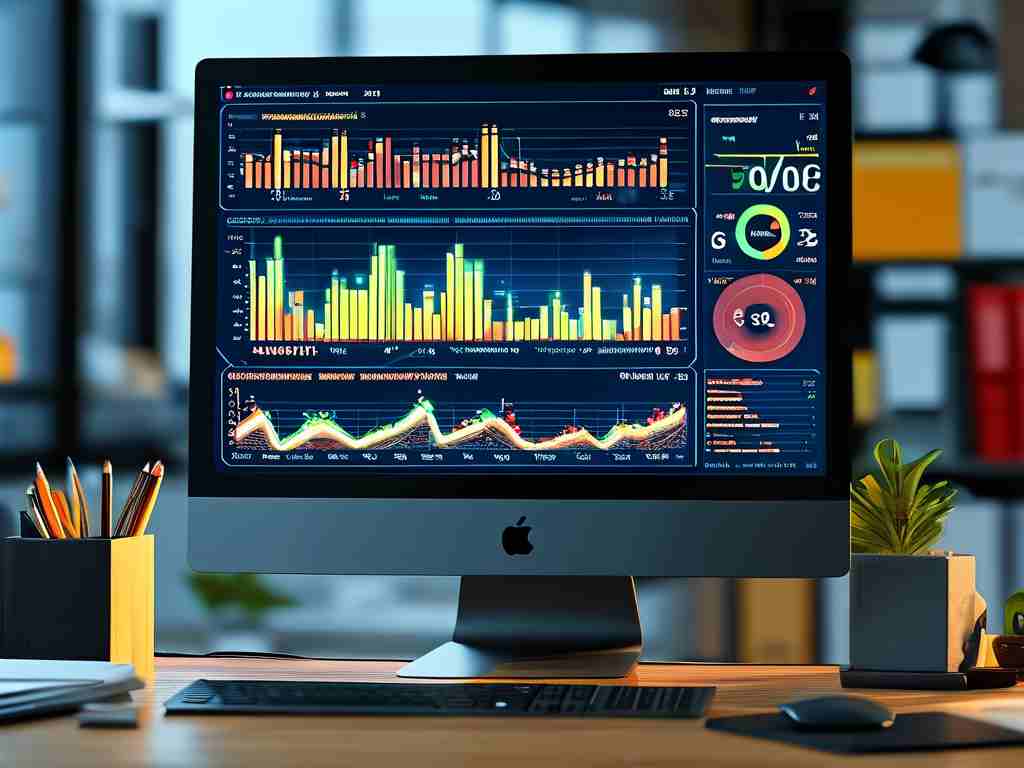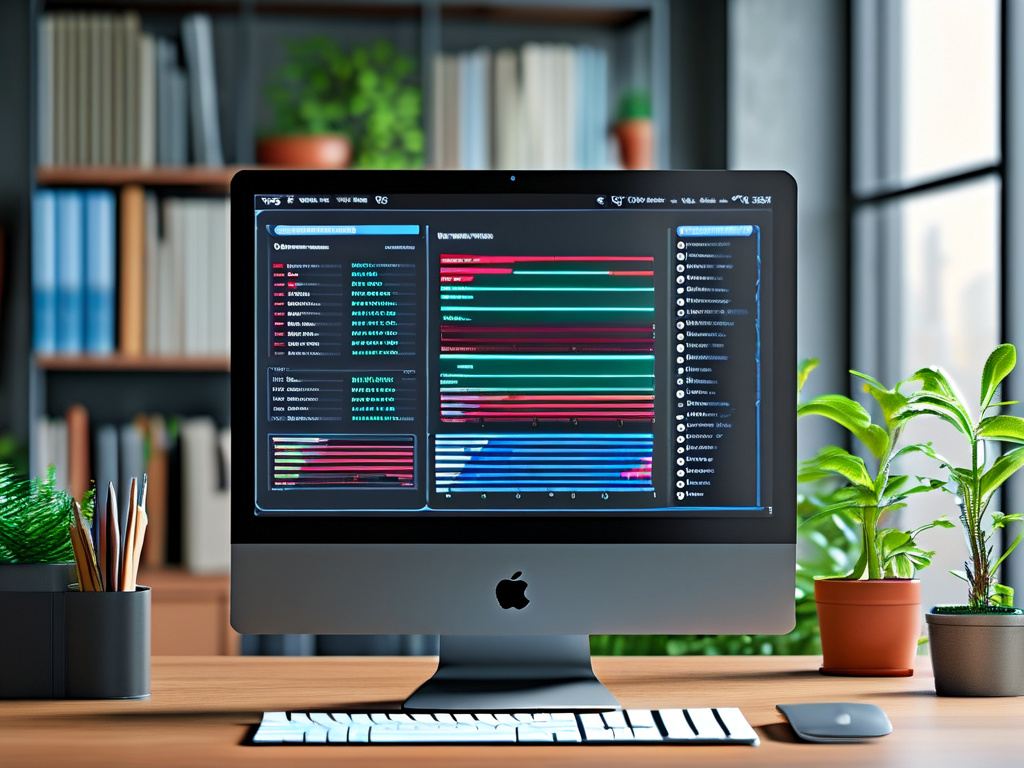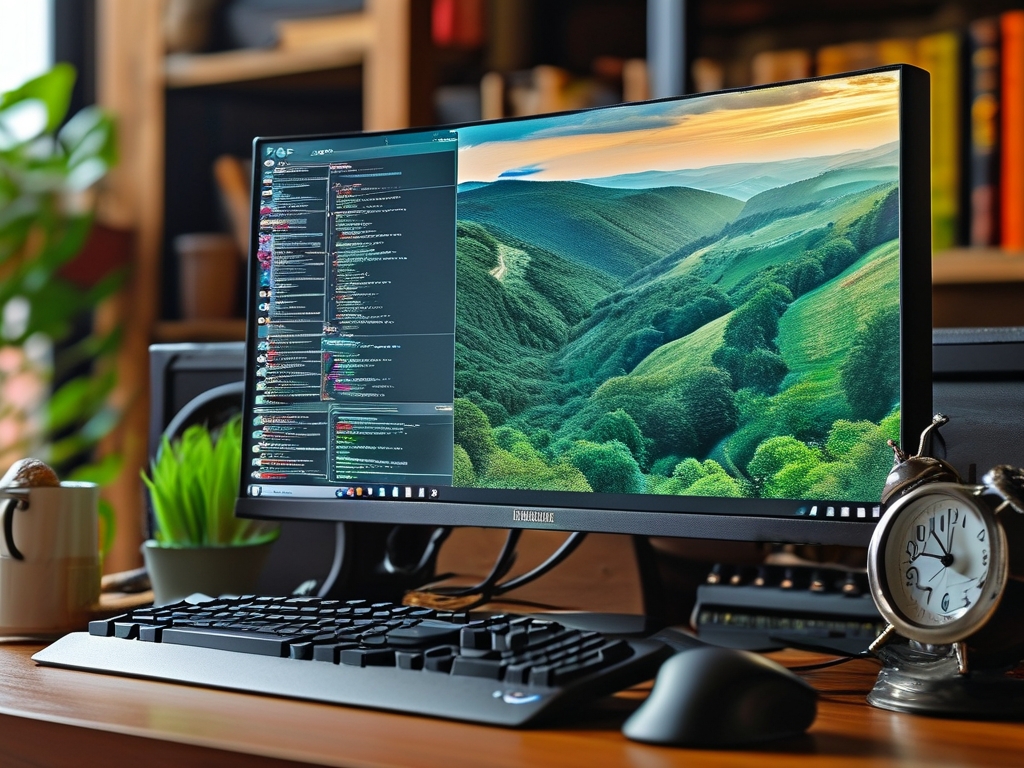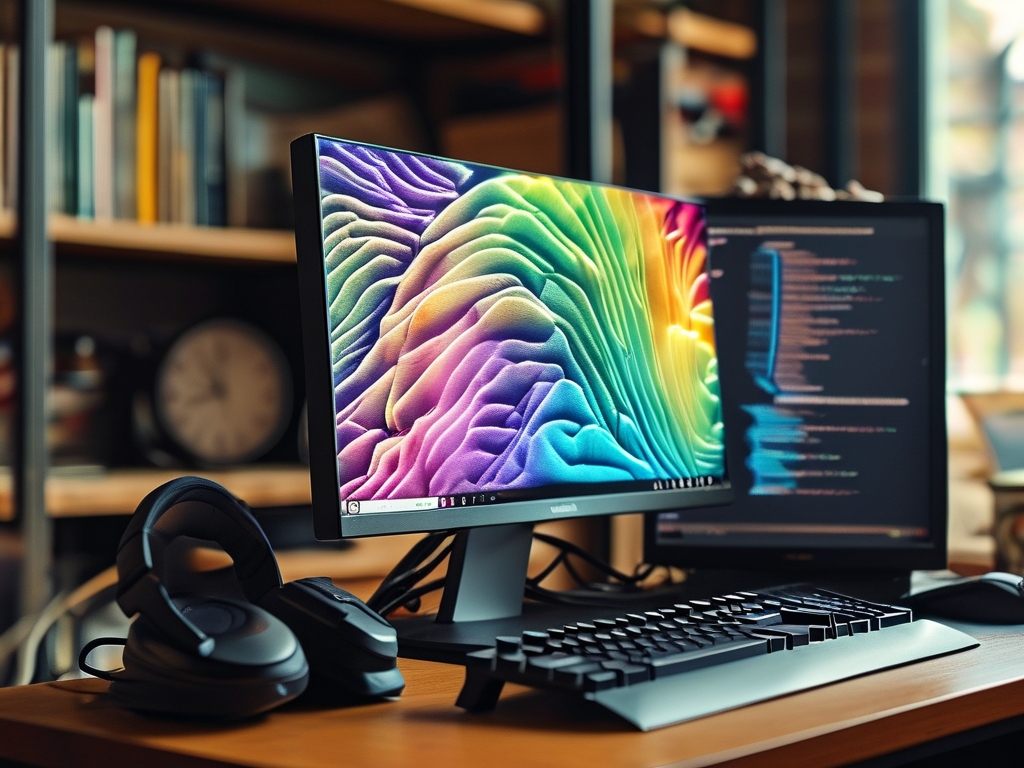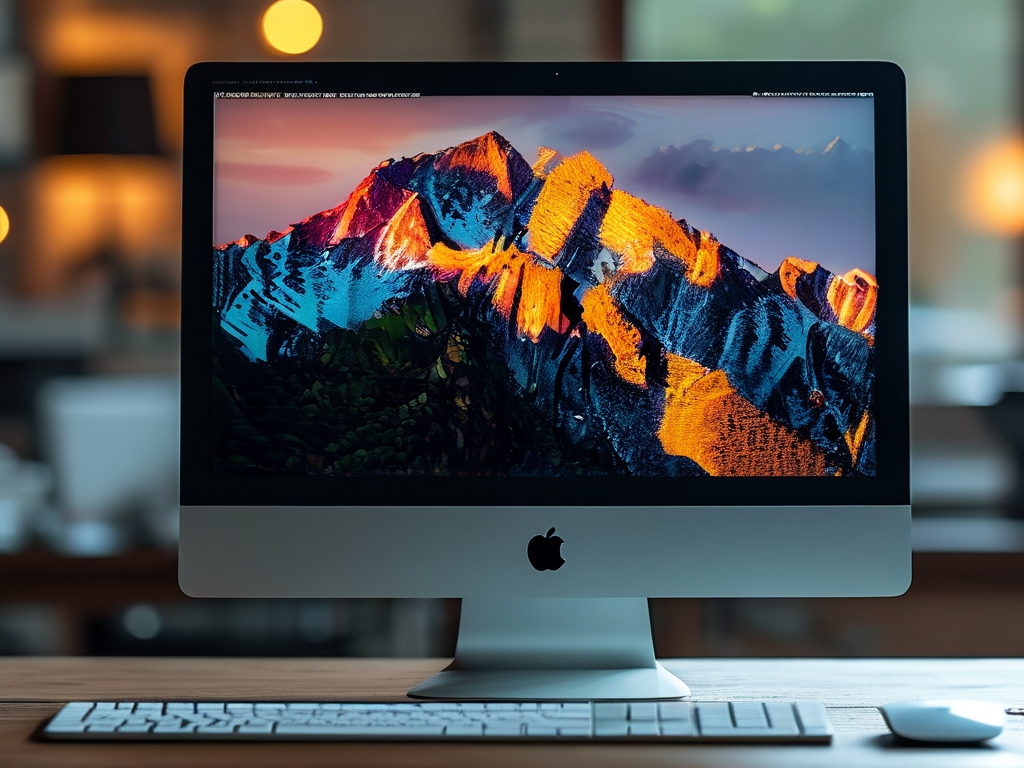Memory usage monitoring is a critical aspect of system performance optimization, application debugging, and infrastructure management. Understanding how memory usage is calculated requires diving into technical concepts, operating system mechanisms, and measurement tools. This article explores the fundamentals of memory calculation, common methodologies, and practical implementations across different platforms.
1. The Basics of Memory Allocation
Modern computing systems use two primary types of memory: physical memory (RAM) and virtual memory (disk-based swap space). When an application runs, the operating system allocates portions of physical memory to it. However, due to limited RAM, virtual memory extends capacity by temporarily storing inactive data on disk. Memory monitoring tracks both types to assess total resource consumption.
Key metrics include:
- Resident Set Size (RSS): The portion of memory held in RAM.
- Virtual Memory Size (VMS): The total address space reserved by a process (including disk-backed pages).
- Shared Memory: Memory used by multiple processes (e.g., libraries).
2. How Operating Systems Calculate Memory Usage
Windows
Windows uses the Task Manager and Performance Monitor to track memory. The "Working Set" metric reflects RAM usage per process, while "Commit Size" includes virtual memory. The formula for total memory usage is:
Total Usage = ∑(Working Set of all processes) + System Cache The kernel also reserves memory for drivers and system processes, which is included in overall calculations.
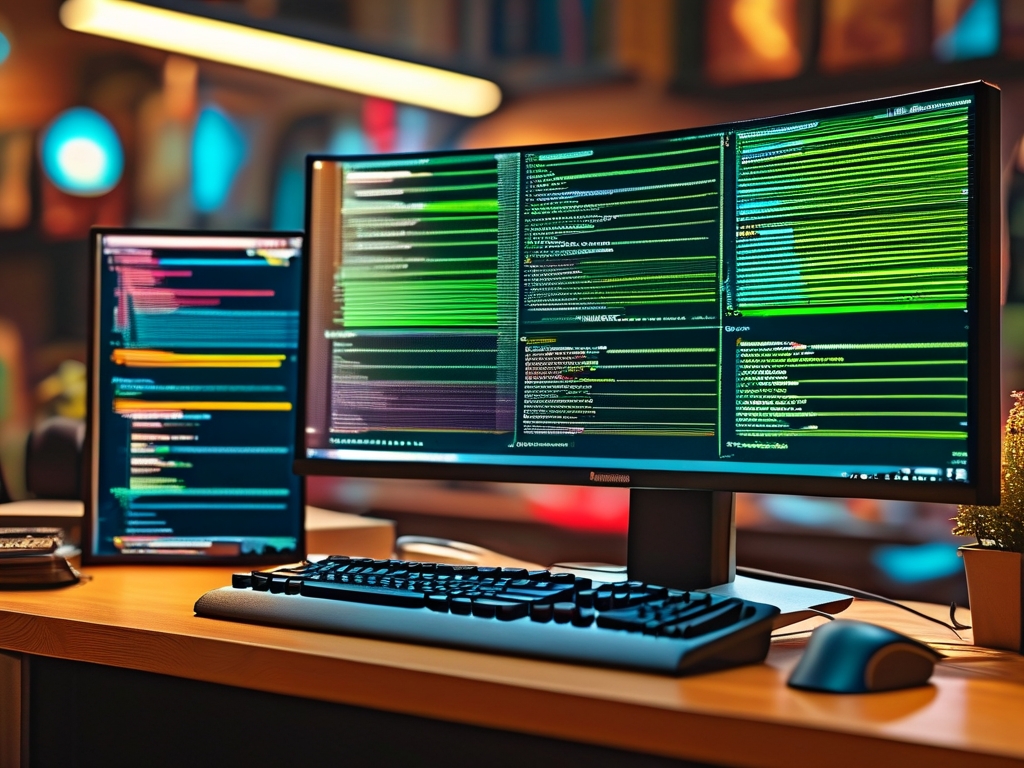
Linux
Linux provides tools like top, htop, and free to analyze memory. The /proc/meminfo file contains detailed statistics. Linux categorizes memory into:
- Used: Actively allocated RAM.
- Buffers/Cached: Temporary storage for I/O operations (reclaimable if needed).
- Available: Free memory + reclaimable buffers/cache.
The formula for "used" memory often excludes buffers/cache:
Used Memory = Total Memory - (Free + Buffers + Cache) 3. Application-Level Memory Tracking
Programming languages and frameworks offer APIs to measure memory consumption. For example:
- Java: The
Runtimeclass providestotalMemory()andfreeMemory()methods. - Python: The
sysandresourcemodules track heap usage. - C/C++: Tools like Valgrind profile memory leaks.
Developers often use garbage collection logs or profiling tools (e.g., VisualVM, Xcode Instruments) to identify inefficiencies.
4. Challenges in Accurate Measurement
- Shared Memory: Allocating shared libraries across processes can lead to double-counting.
- Page Swapping: Virtual memory complicates real-time tracking, as swapped-out pages are not actively in RAM.
- Kernel Overheads: OS-level processes (e.g., network stacks) consume memory but are rarely attributed to user applications.
5. Cloud and Containerized Environments
In cloud platforms (AWS, Azure) and containers (Docker, Kubernetes), memory limits are enforced via cgroups (Control Groups). Tools like cAdvisor or Prometheus scrape metrics such as:
- Memory Limit: The maximum allocatable memory for a container.
- Working Set: Current RAM usage.
- OOM (Out-of-Memory) Events: Triggers when usage exceeds limits.
6. Best Practices for Monitoring
- Set Baselines: Establish normal usage patterns to detect anomalies.
- Use Real-Time Dashboards: Tools like Grafana or Datadog visualize trends.
- Alerting: Configure thresholds for critical levels (e.g., 90% RAM utilization).
- Optimize Garbage Collection: Tune GC cycles to reduce spikes.
7. Case Study: Detecting a Memory Leak
A web server experiences gradual performance degradation. By analyzing memory usage over time using heap dumps, developers identify an unbounded cache in the application code. Fixing the leak reduces RAM consumption by 40%.
Memory usage calculation combines OS-level metrics, application telemetry, and environmental constraints. Whether optimizing a single app or managing a distributed system, accurate monitoring ensures stability and efficiency. As technology evolves, integrating AI-driven analytics and adaptive resource allocation will further refine how we measure and manage memory.
